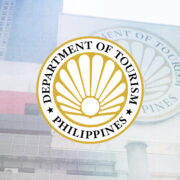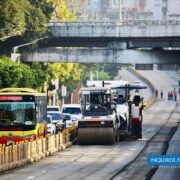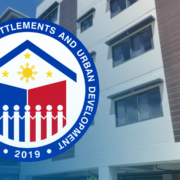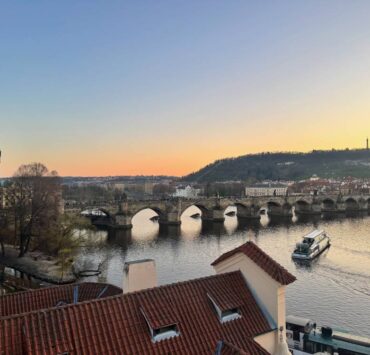36 hours in alluring Albay
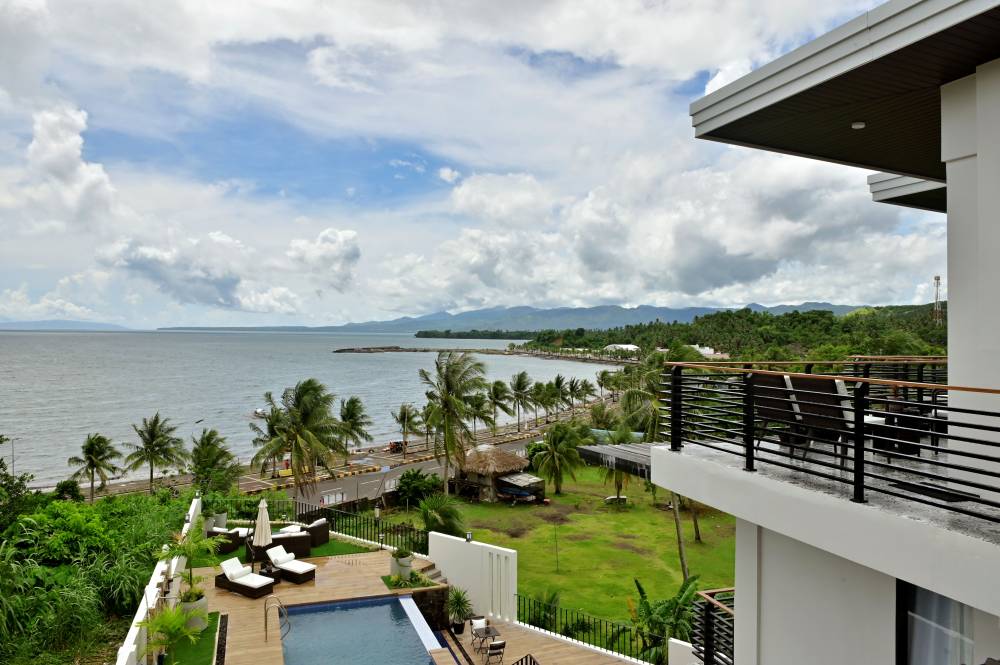
Any visitor exploring Albay will consistently encounter mesmerizing views of Mayon Volcano from numerous angles and at different times of the day. Arrivals on red-eye flights are greeted by the imposing silhouette of this provincial icon against the sunrise hues at Bicol International Airport.
During a past summer visit, the volcano’s perfect cone was clear in photos; however, this time, clouds embraced its summit, sometimes like whipped cream on an inverted cone, other times as light wisps.
The municipality of Camalig offers an intimate perspective of Mayon, allowing true appreciation of its grandeur. When the volcano spews ash and steam, locals and tourists often go to Quituinan Ranch, a secure spot to admire its drama. This ranch also offers camping, picnics, and exploration of historical caves in the Quituinan Hills.
Surprisingly, a popular photo opportunity is at the 7-11 in Salugan, Camalig, next to a fire-damaged Phoenix Gas Station. Vehicles often pause along the Camalig Bypass Road for another intimate Mayon view with rice paddies in the foreground, with the option to photograph from inside the store. Travelers often compare this to Japan’s Lawson stores with Mount Fuji views.
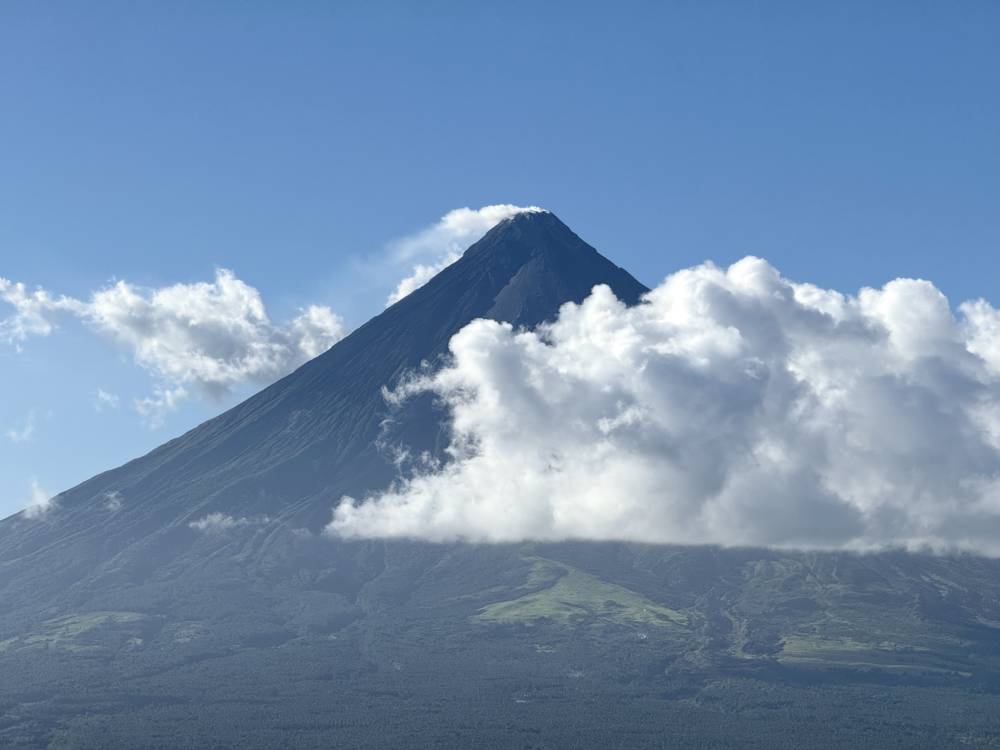
Food, sightseeing
For many Bicolanos, their culture is introduced through their distinctive cuisine. One notable dish, kandingga, is the regional version of bopis, made with pork or beef offal. Traditional Bicolano kandingga mainly uses pork innards (heart, lungs, and spleen) with a spicy and tangy flavor from vinegar and chili, sometimes with coconut milk. Like heirloom recipes, preparations vary from family and region.
Today’s kandingga may include other meats, drenched in a creamier coconut milk sauce, and might contain more vegetables, with adjustable spice levels. While pork offal and the spicy-tangy taste remain basic, modern versions offer more culinary flexibility.
Along Camalig’s roadside, small stores sell frozen local staples such as laing (taro leaves in coconut milk), pinangat (shredded gabi leaves with meat/seafood in coconut milk), Bicol express (pork stew in shrimp paste and chili), and other regional treats perfect for pasalubong.
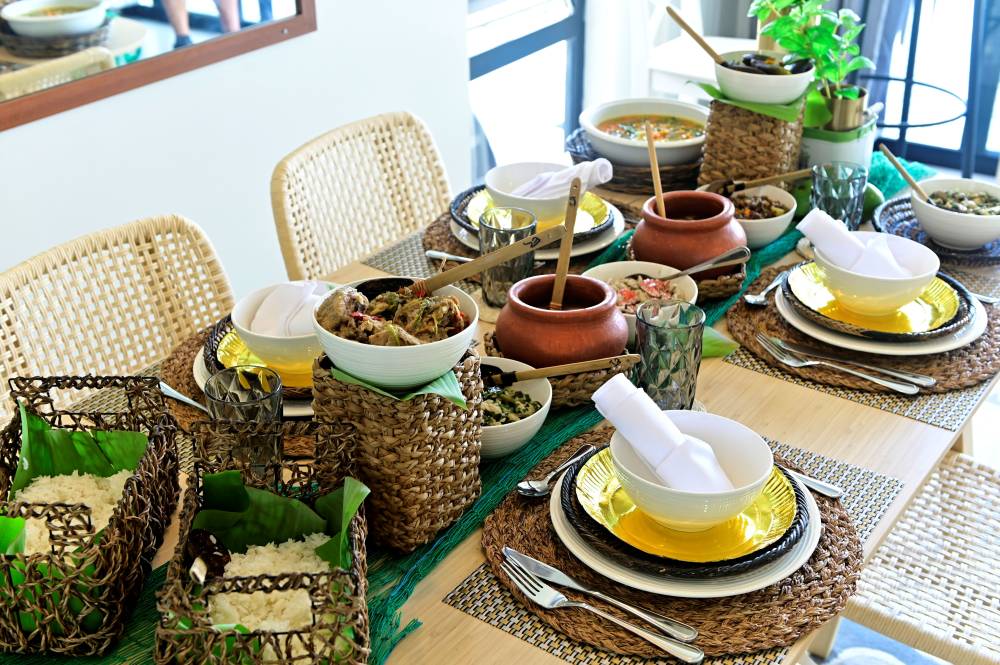
Locals often recommend DJC Halo-Halo, Albay’s original homemade version of the Filipino shaved ice dessert, found at Pacific Mall in Landco Business Park in Legazpi City. Its fresh ingredients—custard, ube halaya, sweetened banana, sago pearls, and milk—are uniquely topped with Eden cheese shreds. Diners often appreciate the earthiness of the ube halaya contrasting with the silky leche flan, while the caramelized banana stays firm, all flavors blending with the milk’s richness.
Many international visitors enjoy the diverse vegan menu at Lakshmi Food House in Legazpi City. Besides plant-based versions of comfort foods such as veggie shawarma, samosa, ramen, siopao, and barbeque skewers, the menu introduces foreigners to classic Filipino dishes—pancit canton (with tikoy as a meat substitute), pancit palabok, bistek Tagalog, and empanada.
A must-see, the Cagsawa Ruins in Daraga, Albay are the remnants of a 16th-century Franciscan church, originally built in 1587. The church and Cagsawa town were devastated again on Feb. 1, 1814, by Mayon Volcano’s most powerful recorded eruption. This buried the area under tephra and lahar, killing an estimated 2,000 people who sought refuge in the church.
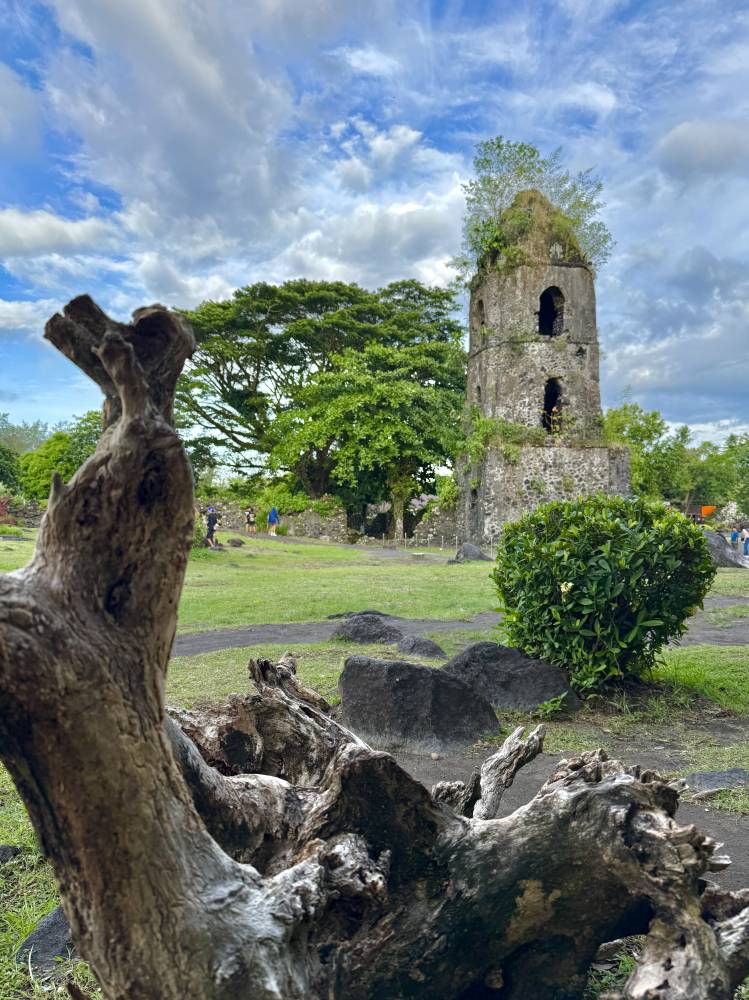
Today, only the belfry and some convent fragments remain. A palpable eeriness often prevails, prompting thoughts of the buried Bicolano people. Scattered volcanic rocks serve as stark reminders of the past and the potential for future natural events.
Nearby shops offer Bicol’s woven products, including bags, hats, accessories, and local foods. A unique snack, chili ice cream, a local specialty with creamy coconut milk and chili, comes in varying spiciness, often with fruit flavors.
Connecting Daraga and Legazpi City, the Duterte Highway is a modern 4.2-kilometer road dike that aims to stimulate the local economy and tourism while also providing flood control. The highway features four lanes, parking, cycling and jogging paths, viewing decks, and solar lighting.
Ideal retreat
If you just want to chill, Ogma Suites on Legazpi’s Puro Boulevard is an ideal retreat where tranquility meets convenience. The balconies open to views of the boulevard, Albay Gulf, and the Pocdol Mountains. Situated along a volcanic arc, Pocdol Mountains exhibit geothermal activity with hot springs and steam vents utilized by the Bacon-Manito Geothermal Project. This, combined with diverse plant and animal life and volcanic geology, defines the area.
Ogma Suites provides easy access to Puro Boulevard, Legazpi City’s gateway. The waterfront is popular for daytime exercise and evening vibrancy with bars, restaurants, and karaoke. This gem also is close to the city’s highlights: Puro Beach (volcanic sand, swimming, Mayon backdrop), Legazpi Boulevard (volcano and Albay Gulf views), Sawangan Park, Kapuntukan Hill (a.k.a. Sleeping Lion), Embarcadero de Legazpi, the Legazpi Sign, and various Mayon viewpoints.
The suites’ contemporary design features native crafts with locally-sourced materials such as decorative jars made from Tiwi’s red clay, and rattan furniture from Daraga’s craft. Local stones, including coral and aral-al for the poolside, add organic textures.
The interior concept by Andie Buenavista merges Ikea’s clean lines and easy maintenance with local nito vine handicrafts, creating a stylishly contemporary and regionally-inspired ambiance.
The management aims to minimize direct staff interaction, drawing inspiration from European digitally-managed properties. This Airbnb maintains its units with clear guidelines for guests. As in other Philippine Airbnbs, a security deposit protects against damage. For efficient checkout, a brief staff inspection is encouraged; otherwise, security deposit release is delayed.
The property embraces new technologies for efficient management. Instead of a 30-day credit card hold for security deposits, they are exploring quicker release upon satisfactory unit condition.
Ogma Suites is integrating the Internet of Things for enhanced monitoring and efficiency, including smart locks with unique access codes after booking and security deposit. Sensors to monitor occupancy and automatically turn off AC in unoccupied rooms are being implemented.
To enrich the guest experience, management uses local connections. The staff can recommend local cooks upon the guests’ requests. With Grab service in Legazpi City, guests can easily order food delivery, with staff assistance for setup and serving.
This guest-centric approach aims for a seamless stay while ensuring the accommodations’ quality. Pricing is accessible, with larger villas (90-100 sqm) priced between P8,500 and P,500 per night, and the 44-sqm single villa at P6,500 per night, with potential seasonal variations in rates. All three larger villas have washing machines, a kitchen, and dining areas, ideal for longer stays.







